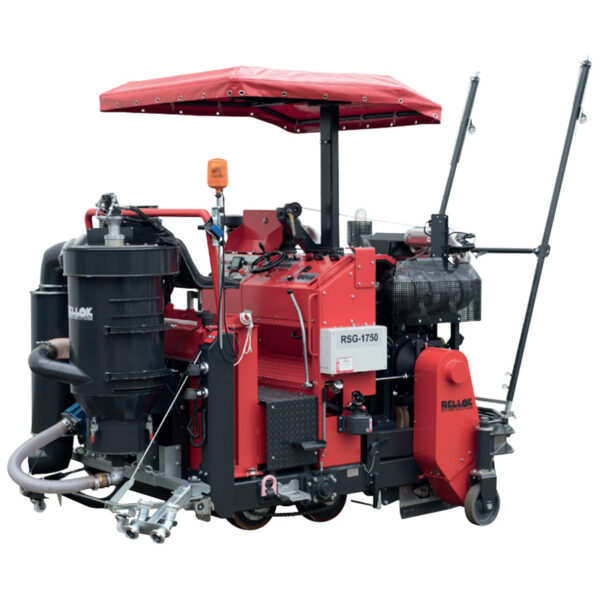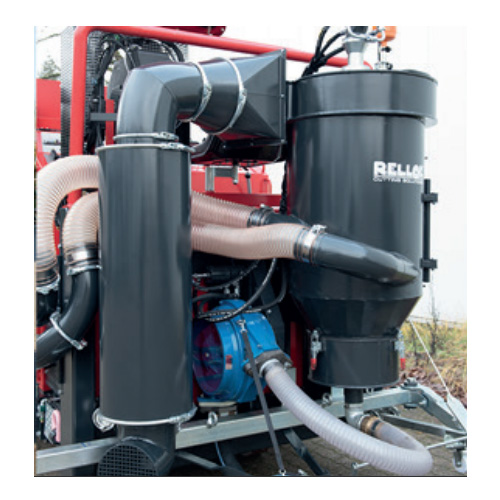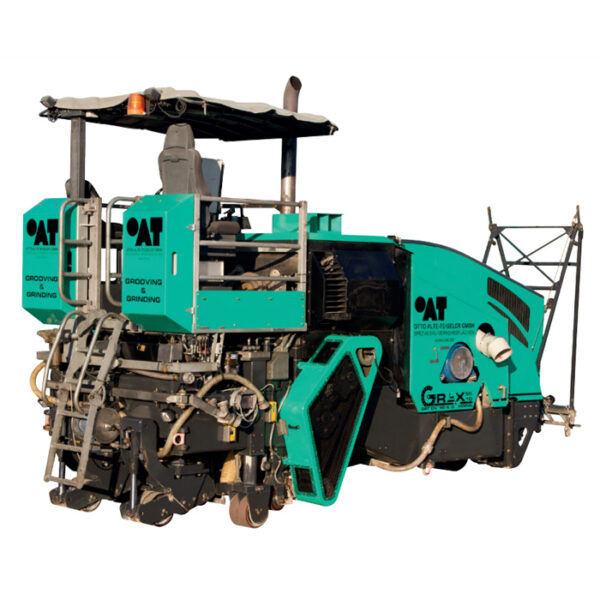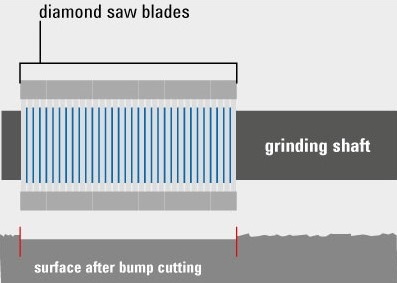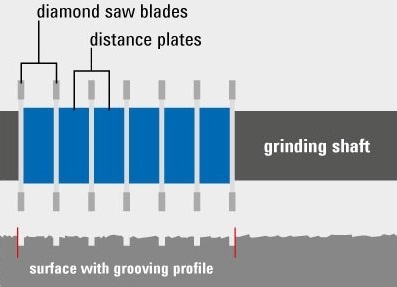Grinding is used to produce a defined roughness of the surface in order to ensure the “grip” required for vehicles. Another application is the so-called acoustic grinding. Here, the shaft-saw blade configuration is chosen so that a special grinding pattern is created to reduce road noise.
Applications for Bump cutter
Grinding
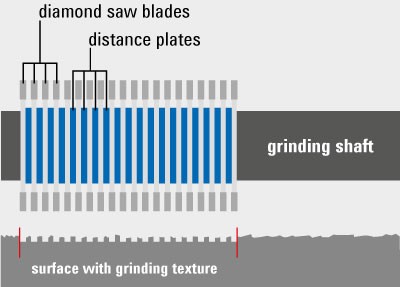
Grooving
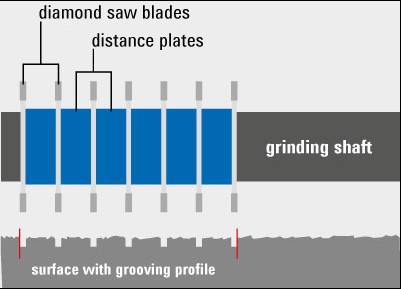
The cutting of grooves to drain water in traffic areas is called grooving. In addition to roads, this method is also used on air traffic areas. In addition to the improved drainage of flowing water, the road surface also dries faster due to the enlarged surface.
Bump cutting
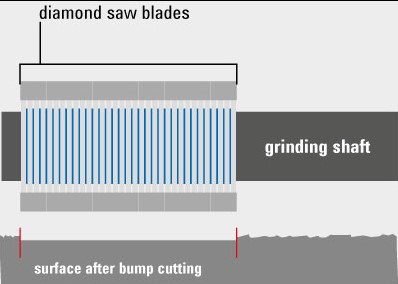
Surface grinding using a shaft setting without spacers is also called bump cutting. This smooths out any unevenness that may arise in the manufacturing process or as a result of surface wear. By inclining the grinding shaft, the method can also be used to adjust small height differences (edges) between surfaces.
Differences between Grinding/Grooving and Bump cutting
Grinding / grooving

Bump cutting





